Can You Put a TV Under a Heat Vent?
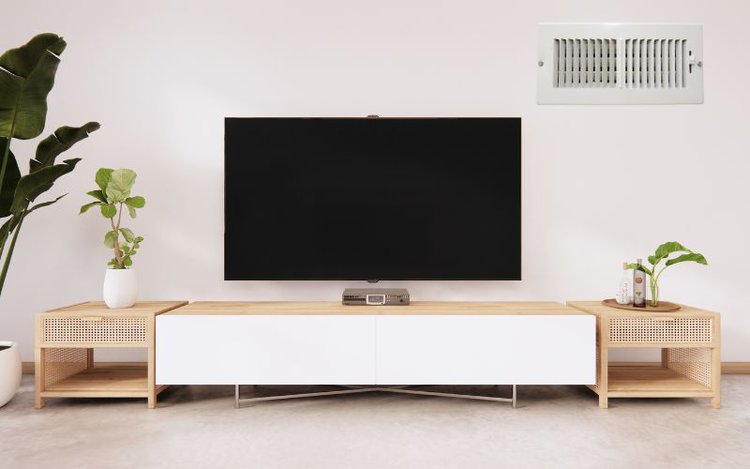
What To Know
- Placing a TV under a heat vent risks overheating, internal damage, and a shortened lifespan due to disrupted internal temperature balance.
- Heat exposure can cause picture quality issues, like dead or stuck pixels, and lead to lagging or unresponsiveness in the TV’s functions.
- When positioning a TV, avoid direct sunlight and ensure proper ventilation; the ideal placement is in the viewer’s eye-line and away from heat sources for optimal performance and longevity.
This guide will address a common household dilemma: the safety and practicality of placing your TV under a heat vent.
We’ll explore how heat affects your TV’s performance and longevity, ensuring you make an informed decision for your entertainment setup.
Quick Navigation
Can You Put a TV Under a Heat Vent?
It’s not recommended to put a TV under a heat vent.
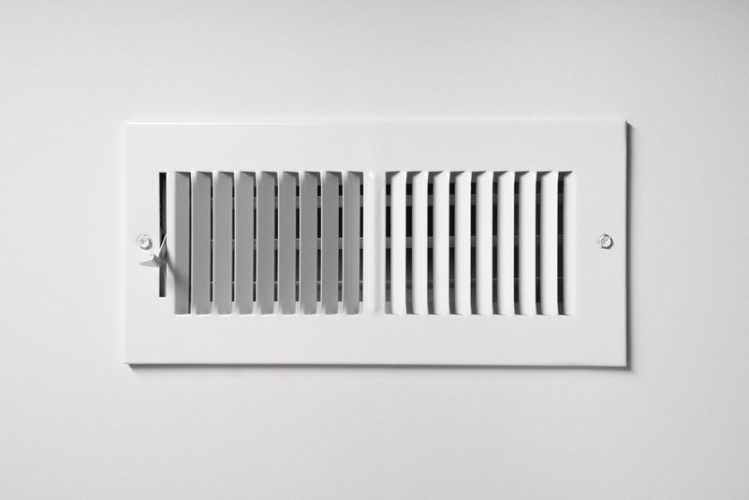
It’s strongly recommended to not put a TV under or in very close proximity to a heating vent.
Yes, even if you don’t always have it turned up to “high.”
TVs are delicate pieces of machinery, and every internal component is specifically designed to account for the TV’s internal temperature.
This means having your TV next to a heat source will offset the internal balance, damaging it.
So, if you think you’ve found the perfect TV mounting spot next to a heat vent, think again.
Possible Problems When Putting a TV Under a Heat Vent
There are a few things that could happen should you put your TV under a heat vent.
Now that we know putting a TV under a heat vent is a bad idea, let’s explore a few things that could happen should your TV be exposed to constant high heat.
Your TV Could Overheat
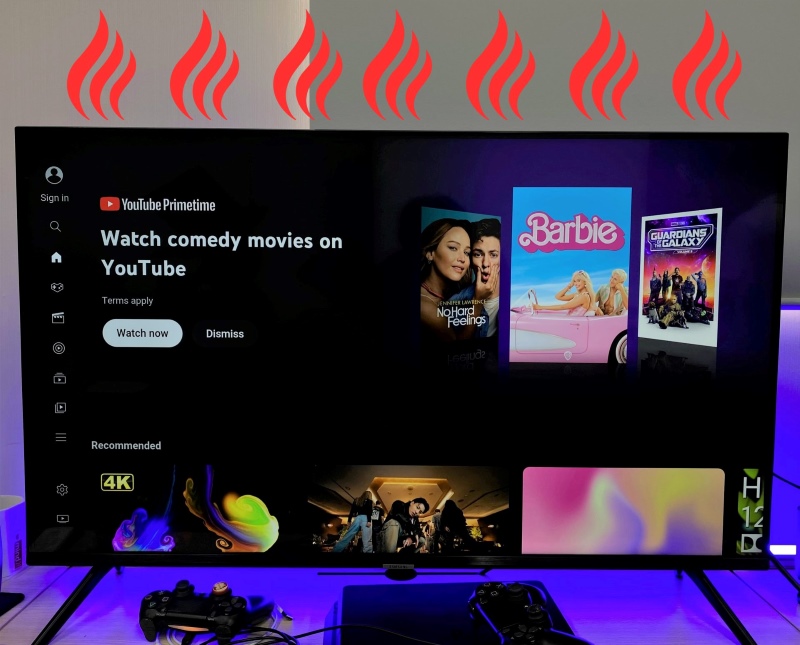
TVs and other similar electronic devices (e.g. projectors, laptops, etc.) already tend to overheat when used for hours on end.
So, the likelihood of your TV overheating when placed under a heat vent skyrockets.
Not only will your TV be emitting energy to circulate its internal hot air, but it will be working overtime to stay cool as it’s also trying to circulate the heat vent’s air.
This will cause your TV’s internal hardware to excessively heat up and prevent it from releasing the hot air.
This could cause your TV to randomly shut off, putting an abrupt end to movie night. This is an indicator that your TV has suffered extreme heat damage and may completely stop working.
The Pixels Could Die or Become Stuck
The heat vent’s hot air could heat up your TV’s screen and affect the picture quality.
As the individual pixels heat up, they may stop working. While you may think a couple of broken pixels won’t affect your user experience, you’ll quickly become frustrated by the black and brightly colored spots on-screen.
In mild cases, your screen could appear dim and discolored. In more extreme cases, your pixels may become stuck or die.
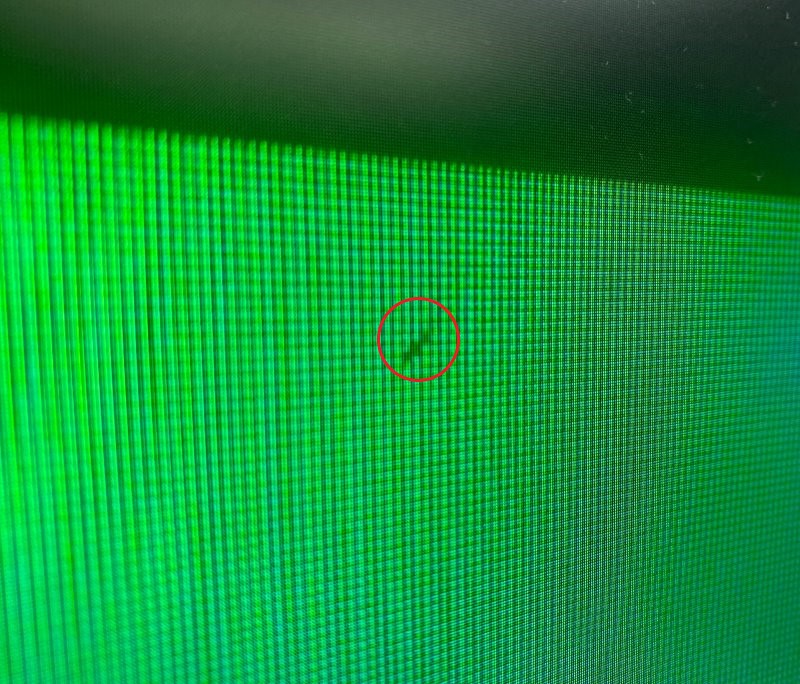
Stuck pixels appear one color and don’t change with the rest of the screen. Dead pixels turn black and become unresponsive.
While stuck pixels can be fixed, dead pixels are a lost cause.
This means your new LED TV’s screen could have sizable dark spots in a matter of months, heavily decreasing its value and screen resolution.
Your TV May Begin to Lag or Become Unresponsive
Is your TV not responding to your remote’s commands? Does it take twice as long to open an app on your smart TV than it used to? Is the picture choppy?
If so, then your TV could have suffered heat damage from the vent.
This heat damage can cause the internal components to stall, causing the TV to lag.
This may force you to frequently restart your TV to reboot the software. Not only is this time-consuming, but it’s also only a temporary fix.
In severe cases, your TV may become completely unresponsive and not turn on at all.
The TV’s Lifespan Could Shorten
Extreme heat decreases a TV’s lifespan.
The heated internal components could stop working sooner than expected. This could come in the form of your TV’s functions stopping one-by-one, or in the form of your TV simply not turning on one day.
The worst part is your TV warranty will not cover the cost of repair or replacement since TV manuals specifically state to not put your TV near a heat source.
Your TV Could Melt
Though uncommon, it is possible for your heat vent to melt your TV’s hardware.
This could happen if your heat vent is emitting hot air for long periods.
The problem is that you may not notice this is happening since your TV may not look drastically different at a distance.
Your TV’s frame may become soft and malleable. This plastic could also melt inside the TV, coating the internal hardware.
Melted plastic also releases toxic gasses into the air, which have been shown to be carcinogenic.

So, to protect your TV and your health, it’s best to mount your TV away from a heat vent.
Where Should I Place My TV?
There are a few rules you should follow when deciding where to place your TV.
Now that we’ve discussed where you should not put your TV, let’s examine where the best place for a TV is.
Follow our tips to find the best (and safest!) place for your TV in your home.
Out of Direct Sunlight
When deciding where to place your TV, examine where the sun rays hit during the brightest time of the day.
You want to avoid placing your TV in direct sunlight for two main reasons: overheating and glare.
Firstly, depending on where you live, the sun’s rays could be very hot during the day, exposing your TV to extreme temperatures.
This could cause your TV to overheat, damaging it and leading to image problems.
Secondly, the sunlight will glint off your screen, creating a glare. This will make even the brightest 4K TVs appear dull and dim.
You spent a lot of money on the best screen possible, so make sure you can see it.
Somewhere With Proper Ventilation
Don’t place your TV somewhere with little circulation, like under a vent.
We also suggest leaving a few inches between your TV and any other furniture, allowing its hot air to escape and for the hardware to cool down.
You can also use spacers to distance the TV from the wall mount, giving the vents some breathing space.
- Black Nylon Round Spacer Assortment Kit
- Length 2mm ~ 21mm, 10 values (each 10 pieces)
- THESE ARE NOT THREADED there clearance for M4 screws.
Last update on 2024-07-22 / Paid Link.
In Your Eye-Line
You don’t want to have to arch your back or strain your eyes to see the TV. So, it’s important that it’s placed in your eye-line.
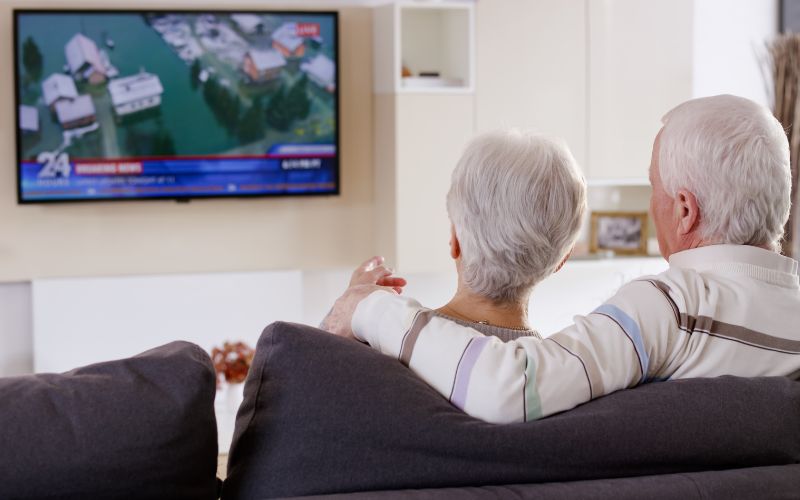
To figure out where the best place on the wall for your TV is, we suggest making a paper cut out of your TV that you can tape to the wall to see the placement. If it helps, draw a small red X in the middle so you know where the center is.
Tape it to the wall then sit on your couch to see if it’s to your liking. When you’ve found a place you like, use a pencil to mark the placement.
This way you’ll know exactly how your TV will look on the wall without drilling any holes.
Wrapping Things Up
You should absolutely never put a TV under a heat vent, even if it’s the best choice for your room aesthetically.
This heat could permanently damage your unit. In extreme cases, your TV could melt, releasing cancerous gasses into the air.
Instead, place your TV out of direct sunlight, in a well-ventilated area. You should also ensure the TV is mounted in your eye-line.
What’s your experience putting a TV under a heat vent? Did you know heat could damage your TV?
Let us know in the comments below!
Yesenia Achlim is a technical copywriter and editor with a focus on AV equipment. She aims to break down complicated topics and make technology accessible, no matter your technical expertise. When she’s not teaching you how to replace a projector lamp, you can find her reading and baking.


